If you think electric cars are new, think again. Inventor Thomas Edison developed batteries to run cars in 1902. Then a funny thing happened: Gas-powered cars captured the public’s imagination. But gasoline prices, pollution and the politicization of oil sales are causing increased public interest in alternative fuels and people are again becoming interested in electric cars. Popular Science senior editor Seth Fletcher provides a fast-paced story about the battery-driven factors that could reshape the world auto industry, explains how drivers can electrify their cars’ energy needs and suggests how the industrialized world can turn away from oil. getAbstract recommends Fletcher’s timely, well-told overview to those who seek a glimpse into an oil-free future.
A Shocking History
The Greek philosopher, Thales of Miletus, discovered electricity in 600 BC, when he noticed that rubbing amber with a cloth magnetically attracted feathers. Amber, or “electron” in Greek, showed the same magnetic properties as ion-laden stones containing iron. After Thales’ work, no one showed much interest in magnetism for 2,000 years, until British physician William Gilbert noted that friction could electrify objects. Gilbert’s main contribution was coining the word “electricity.”
In the 1740s, inventors in Leyden, Belgium, devised the use of metal-lined jars filled with water to hold an electric charge. The jars, which served as capacitors, could release the charge only in a single burst. In 1800, Alessandro Volta, a professor at the University of Pavia in Italy, created the world’s first battery when he used alternating plates of copper and zinc separated by saline-saturated cardboard to produce an electric charge.
The discovery created a sensation as “electricians” – then meaning people who experimented with electricity – went on to build bigger batteries. In 1820, Danish scientists noted the connection between electricity and magnetism...









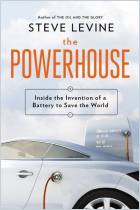

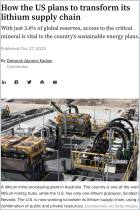
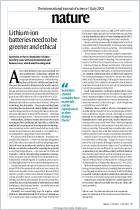

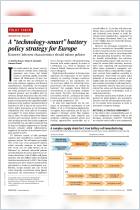
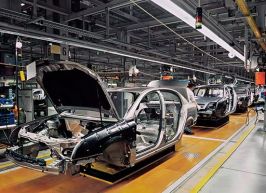


Comment on this summary or Comenzar discusión